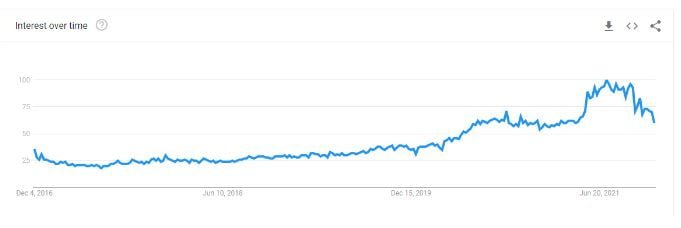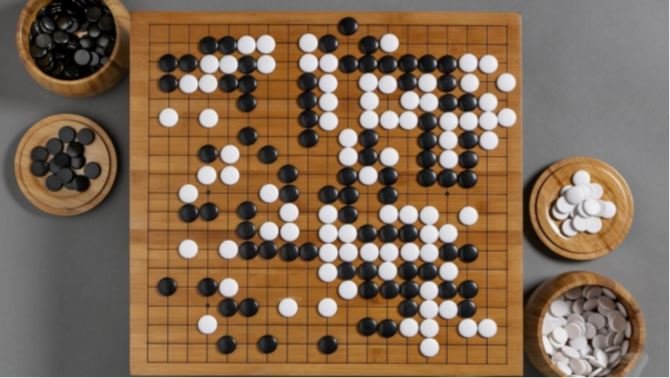The December holidays are the perfect moment to look back and celebrate the best things that happened this year. Or in the case of Scio, celebrate all the technologies that manage to make our lives a little easier in 2021, which is why we are taking a look into one of the most surprising tech resurgences: the QR code and all the solutions it brought to us during the pandemic.
It can’t be denied that, for a moment, the idea of receiving information just by scanning a picture sounded like something out of an old Sci-Fi novel. And for a brief period at the beginning of the New 10’s, QR Codes (and the whole idea of “Augmented Reality”) seemed to offer a preview of that exact future.
It didn’t turn out quite like that, sadly. Although it had its particular applications, QR’s never lost a certain “novelty” vibe, a gimmick that most of the time brought more complications than true convenience.
On one hand, the need for a special reader capable of recognizing these codes (which not many phones at the time included right out of the box), and a stable Internet connection to actually check the content was already a high barrier in 2011.
And on the other, integrating QR’s in any kind of visual design, like in an advert, was always difficult, because they almost never mesh well with any composition, so it’s easy to let them overshadow every other element of the image.
So QR Codes, although an interesting idea, looked like an artifact of the smart device boom of the 2010s, and by the end of the decade, the world seemed ready to leave them behind.
What happened, then?

If we look closely at this Google Trend graph, we can see how the search term “QR Code” had its first sudden popularity spike in years. The date? August 22nd, 2020.
We all know why. Thanks to the pandemic, we were forced to take distance from everyone else, and a lot of our normal interactions had to fall back on technology, forcing us to look for quick solutions in a time we couldn’t do anything else.
This graph is about the United States only, by the way. If we look at a worldwide trend, well…

We can see a noticeable growth signaling that QR codes maybe are finally here to stay. But beyond the pandemic, what does this resurrection means, and why has this technology becomes part of our daily life?
A story of highs and lows
These codes have an interesting story, because their popularity has never been uniform, and it has suffered a somewhat fluctuating implementation for the last 30 years.
Let’s not forget that “Quick Response Codes” have been around since 1994, as an invention of the Japanese automobile industry, used to codify the biggest quantity of information possible, while compatible with the notoriously tricky kanji alphabet (at least in regards to software).
This huge amount of info in every code (inspired by the grid of a Go board) made QRs codes popular, and little by little it started to see some applications beyond tracking auto parts: virtual business cards, instant Wi-Fi connections, and even the aforementioned Augmented Reality.

And even after this tech didn’t seem to have a bigger impact among consumers, it never really went away, becoming an expected feature of many smart devices which, along with better mobile Internet connections, made QR codes singularly well-positioned when the pandemic demanded quick and trustworthy solutions.
By condensing a lot of important info or giving a quick link to elsewhere without any direct contact, things like menus, information about attendance capacities at any place, or any change of services announcements could be conveyed through a QR code, making them an important tool to take care of our health.
And this late adoption doesn’t show signs of stopping; just as we can’t imagine a near future without medical masks or anti-bacterial gel, QR codes are now a normal part of our daily interactions in many places, probably on their way to becoming a normalized and accepted means to interact with our world.
That’s why we celebrate a technological solution that we took for granted at some point, or whose real value needed a very specific context to shine: when the distance between us became a necessity, a simple code and a camera gave us a way to keep parts of our daily life functioning.
